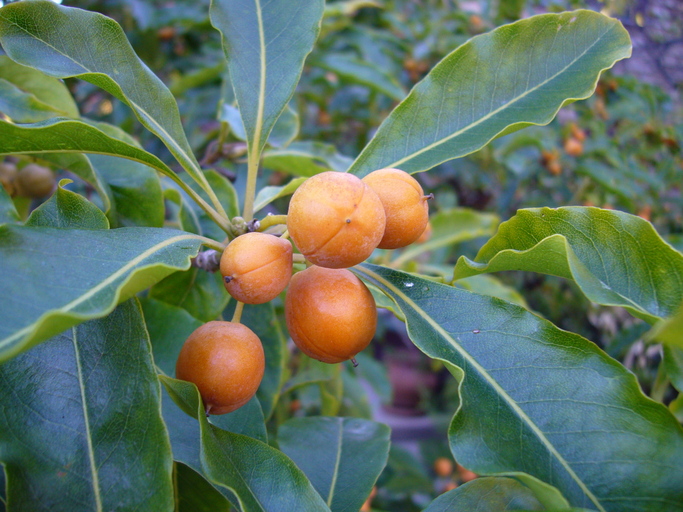Created on: Thursday, Jun 16th, 2016
USDA GRIN: https://npgsweb.ars-grin.gov/gringlobal/taxonomydetail.aspx?id=28757
Calflora: http://www.calflora.org/cgi-bin/species_query.cgi?where-calrecnum=6548
GBIF: http://www.gbif.org/species/2986239
Global Invasive Species Database: http://www.iucngisd.org/gisd/species.php?sc=344
Reviewed by Tim Hyland, California State Parks.
JJM added notes from Plant List Committee conf call in 2015 to determine if we should add Victorian Box. Randy Baldwin, San Marcos Growers, and others agreed that the suitable range for invasion was narrow, and the most dense population had not moved beyond its area in over 150 years. Deeemed a lower priority plant among the invasive risks.
- < 13 : accept (low risk of invasiveness)
- 13 - 15 : evaluate further
- > 15 : reject (high risk of invasiveness)

